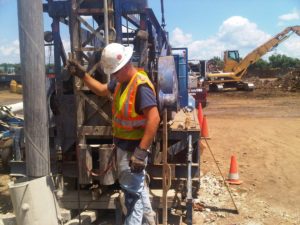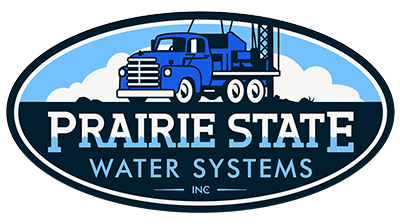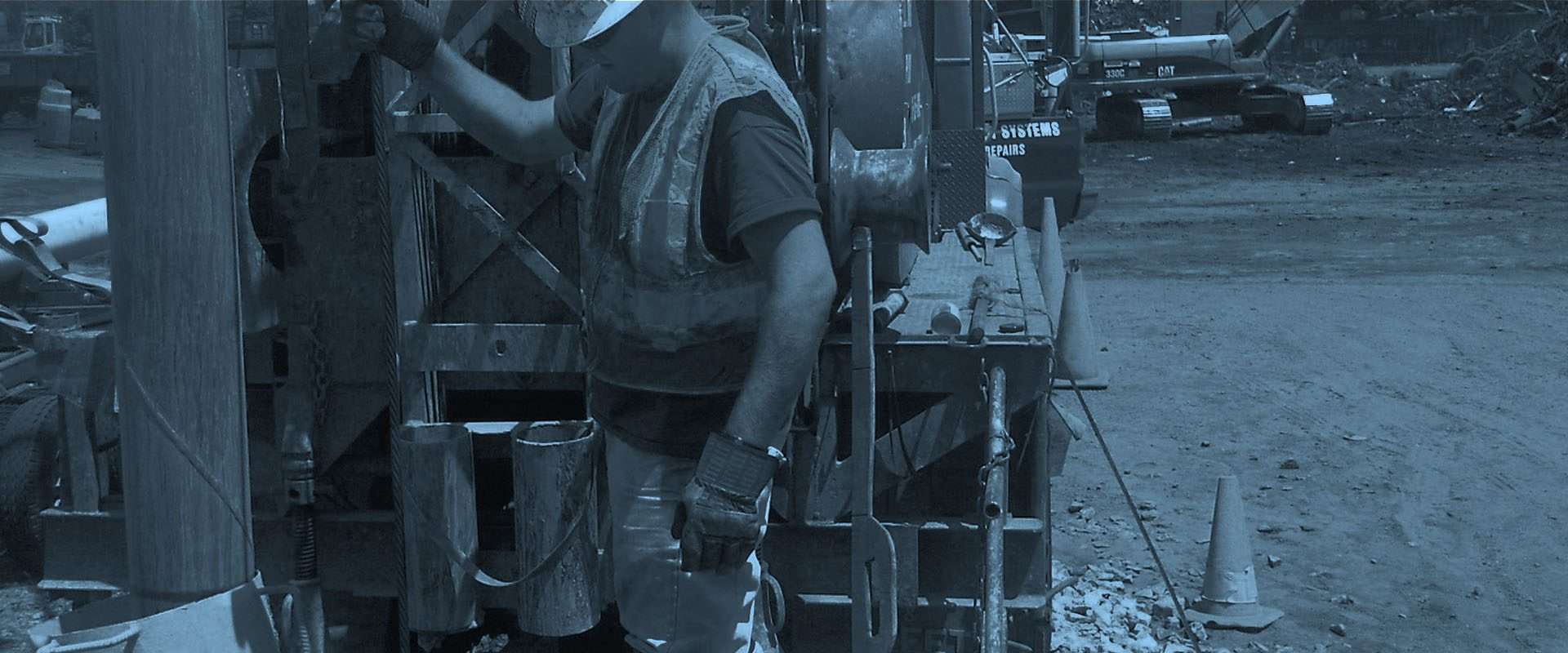04 May What Is A Drilled Well?
 A drilled well consists of a hole bored into the ground, with the upper part being lined with casing. The casing prevents the collapse of the borehole walls and (with a drive shoe or grout seal) prevents surface or subsurface contaminants from entering the water supply. The casing also provides a housing for a pumping mechanism and for the pipe that moves water from the pump to the surface.
A drilled well consists of a hole bored into the ground, with the upper part being lined with casing. The casing prevents the collapse of the borehole walls and (with a drive shoe or grout seal) prevents surface or subsurface contaminants from entering the water supply. The casing also provides a housing for a pumping mechanism and for the pipe that moves water from the pump to the surface.
Water Well Casing
Casing must meet certain specifications, since substandard pipe does not have sufficient strength to withstand driving without potential damage to the joints. Such damage may allow shallow or surface water to enter the well.
The casing must also have a drive shoe attached to the bottom to prevent damage during driving and to make a good seal with the formation. In some applications, a grout seal made of cement or bentonite may also be recommended to prevent well water contamination.
Well Water Intake
Below the casing, the lower portion of the borehole is the intake through which water enters the well. The intake may be an open hole in solid bedrock or it may be screened and gravel-packed, depending upon the geologic conditions.
Testing a Water Well
Once the well is completed, it is bailed or pumped to develop the well and determine the yield. Many areas need further work after drilling to remove fine material remaining from the drilling process so that water can more readily enter the well. Possible development methods include compressed air (blowing), bailing, jetting, surging, or pumping. The quantity of water (yield test) is usually measured during development. The minimum test time is one hour.
Capping and Venting a Well
After proper disinfection, the well is capped to provide sanitary protection until it is hooked into the customer’s system. Well caps require an air vent. The purpose of the vent is to equalize the air pressure between the inside of the casing and the atmosphere, and to release unpleasant or explosive lighter-than-air gases. If such gases are present and the well is enclosed in a building or confined space, the air vent should always be extended to the outside atmosphere. The vent pipe must be shielded and screened to prevent the entry of foreign material such as insects into the well.
If drilling produces poor quality water, the water can be sealed off. One method is to install additional casing or liner inside the original casing and grout it into place. If the water quality remains unsatisfactory, or if construction defects cannot be remedied, the well must be abandoned and completely sealed to prevent cross-contamination between sites.
Hire a Licensed Well Driller
Prairie State Water Systems, Inc. can answer your questions and provide you with helpful information, about well drilling on your property. Contact us today to get a quote.
Well Water Services Include:
• Well Pump Installation and Repair
• Well Inspection and Water Sampling
• Water Treatment (Marseilles Office Only)
• Well Rehabilitation
• Well Abandonment



Sorry, the comment form is closed at this time.